
Places to visit

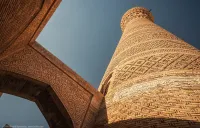
Kalyan mosque UZ
The Kalon Mosque or Kalan, which means "great Mosque", is the former main mosque of Bukhara in Uzbekistan.

Kyzyl Djar gorge KG
Kyzyl Djar is also called the red cathedral with large pasture on its top.
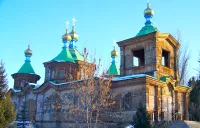
Russian Orthodox Holy Trinity Cathedral KG
The story of the church goes back to July 1869, when Karakol was a garrison town on the edges of the Tsarist Russian Empire.
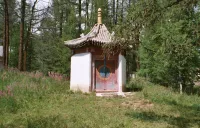
Gunjin Sum Temple MN
The temple Gunjin Sum ("the daughter of the Emperor"), built in 1740 by Dondovdorj, a son of the Manchu emperor.
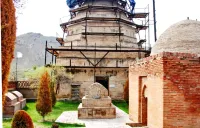
Shah-Fazil KG
At the bottom of the hill Archa-Mazar and on the Road of the Silk in antiquity and Middle Ages; the sacred complex includes buildings of different

The Historical Museum KG
On November 19, 2021, the grand opening of the Historical Museum in Bishkek, which was closed for reconstruction for five whole years,
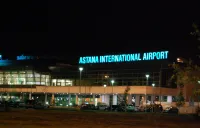
Astana-Nursultan Nazarbayev International Airport KZ
Astana-Nursultan Nazarbayev International Airport is an international airport in Kazakhstan located 16.7 km southeast of the ca
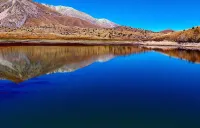
Chatkal valley KG
The Chatkal valley follows the mountain chain of the same name, to the north-west of this chain, over a length of 160km before flowing into the Cha
Bulunkul lake TJ
Of tectonic origin, the 3.4 km2 lake is located in the Murgab district of the Gorno-Badakhshan Autonomous Region in Tajikistan at an altitude of 37
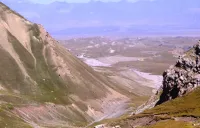
Achyk-Tash base сamp KG
Base camp at the foot of the peak Lenin.
Zhaling and Ngoring lakes CN
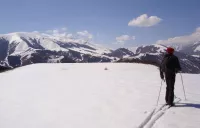
Semenovka - Koek Doeboe KG
Ski backcountry on the North shore of Issyk Kul lake
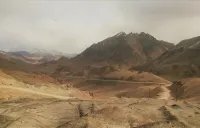
Akbaital pass (Ak-Baital) TJ
Akbaital, Kyrgyz word meaning "white mare" is a pass of the Eastern Pamirs, located on the M41 motorway between Osh and Murghab.
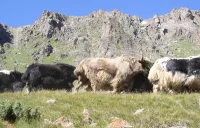
Kalmak-Ashu pass KG
Kalmak-Ashuu Pass is located on the shortest access between Kochkor and Song Kul Lake. The pass is opened by a snow-blower at the end of May.
Ancient settlement of Penjikent TJ
Yagnob valley TJ
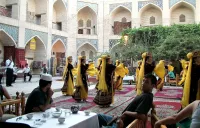
Lyab-i Hauz UZ
Lyab-i Hauz is a real treasure of Bukhara - there is a whole architectural ensemble consisting of a mosque, a madrassah and a monument in honor of
Three Pagodas CN

Isfara - Batken border post : Kyzyl Bel KG
The border post of the Kyrgyz Oblast Batken provides access to the territory of Tajikistan.
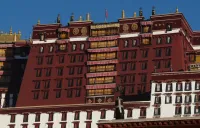
Potala palace CN
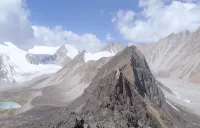
Sary-Mogol pass KG
Pass linking the valley of Sary-Mogol north to the valley of Sary-Mogol south.
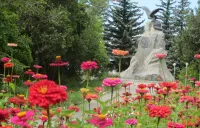
Przewalski museum KG
Nikolay Mikhailovich Przhewalsky was one of the first Russian Geographer who started studying in detail the geography, flora and fauna of the

Osh International Airport KG
Located 15 km on the North of the town.
Pagination
Join us on Facebook!
And keep updated with our tour promotions, or follow us on

